Fuelling Economy Through the Industrial and Freight Corridors of India
The topographical features of a region propel the area to become a geo-economically viable option for industries to grow and boom!
With nearby transportation arteries like rail, expressways, and ports, industrial areas have thrived and contributed significantly to the nation's economic growth. Industrial and freight corridors of India are a tapestry woven to attract investments and foster growth and innovation. With ESR, the largest Asia-Pacific logistics real estate platform, taking the lead, these corridors, with their strong presence, have continued to contribute to the growth and development of the key industrial corridors and key industrial areas in India.

Delhi Mumbai Industrial Corridor (DMIC)
Spanning over 1,400 km and traversing six Indian states, the Delhi-Mumbai Industrial Corridor (DMIC) is envisioned to transform the region into a globally competitive manufacturing and logistics hub, seamlessly connecting Delhi, India's capital, to Mumbai, its financial centre. The DMIC's strategic positioning along the Western Dedicated Freight Corridor (DFC) provides seamless connectivity to major ports, including Jawaharlal Nehru Port Trust (JNPT) in Mumbai and Mundra Port in Gujarat. This connectivity has facilitated the efficient movement of goods and raw materials, fostered the growth of export-oriented industries, and strengthened the region's position in global trade. With a well-developed infrastructure, including high-speed rail lines, dedicated freight corridors, modern logistics facilities, and a strategic location – it has significantly enhanced connectivity, reduced transportation costs, and boosted industrial growth in the region.
Taloja
Located strategically in the Mumbai Metropolitan Region (MMR), the ESR Taloja Industrial and Logistics Park has close connectivity to Mumbai, Navi Mumbai, Thane, Pune, Jawaharlal Nehru Port Trust (JNPT) and Mumbai International Airport, and the Mumbai-Pune Expressway. Taloja is also home to several Special Economic Zones (SEZs) and stands as a logistical powerhouse attracting leading players from diverse industries like FMCG, electronics, and engineering. Aiming to make Maharashtra a trillion-dollar economy by 2025, the Maharashtra Government has launched the Maharashtra New Industrial Policy 2019-2024 to bolster and promote industrial growth in the state.
The policy offers a range of subsidies and incentives to industries, including capital subsidies, interest subsidies, stamp duty exemptions, electricity duty exemptions, and subsidies on state GST paid. These incentives have significantly reduced the cost of doing business in Maharashtra and made the state a more attractive destination for investment.
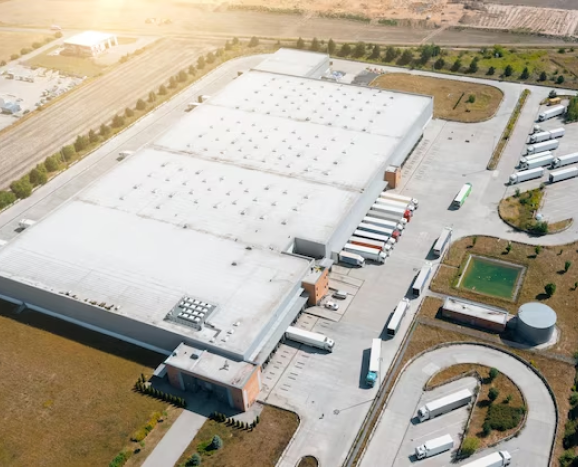
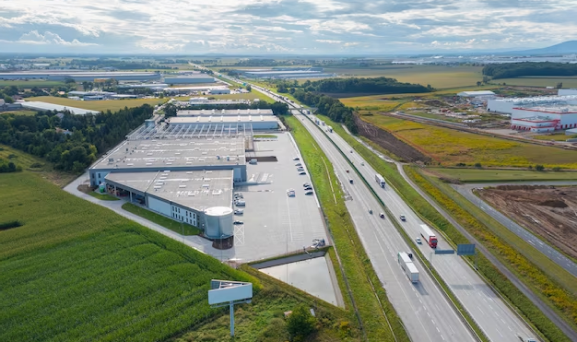
Bhiwandi
Situated strategically within the Mumbai Metropolitan Region (MMR), Bhiwandi has emerged as a thriving industrial hub, particularly for textile and garment manufacturing. Its proximity to major cities like Mumbai, Thane, and Navi Mumbai ensures efficient access to markets, skilled workforce, and raw materials. Additionally, Bhiwandi boasts of excellent connectivity through the Mumbai-Nashik Expressway, NH-3, and NH-8, facilitating the seamless movement of goods.
Jalisana
Jalisana is a promising hub for industrial and logistical operations. This accessibility is further enhanced by its proximity to key transportation arteries, major automobile OEMs, and SEZs. Its connectivity to the Mumbai-Pune Expressway, NH-60, and NH-61 facilitates seamless integration with the wider national network. Gujarat Industrial Policy 2022 has also been an instrumental step in the growth of the region as an industrial powerhouse. Located in an emerging industrial hub in Gujarat and connected to major automobile OEMs, JETRO Park (Mandal GIDC), Sanand GIDC, Vadodara, and Bavla.
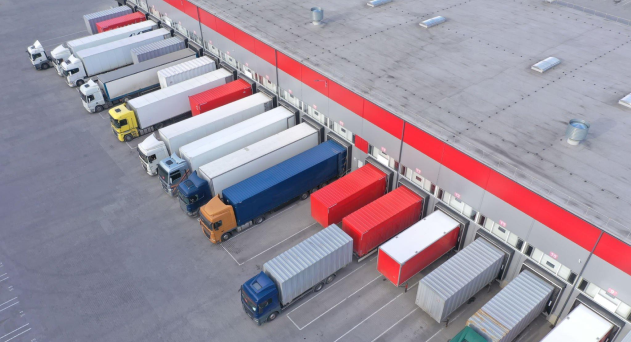
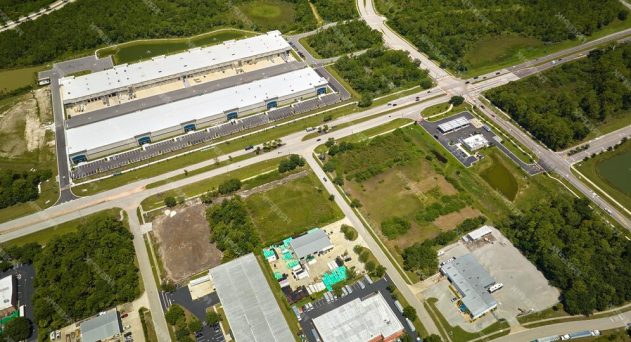
The Mumbai-Pune Industrial Region
The Mumbai-Pune Industrial Region (MPIR) is a beacon of India's industrial prowess and economic dynamism. Stretching over 190 km between the bustling financial hub of Mumbai and the vibrant manufacturing centre of Pune, the MPIR has emerged as a powerhouse of industries, innovation, and economic growth, boosting one of the leading industrial areas of India.
Chakan
Over 750 large and small industries operate out of Chakan. The region's industrial growth has been fueled by factors such as the presence of skilled labour, a strong supplier base, and a supportive government ecosystem. The region attracts diverse industries, including automobiles, pharmaceuticals, and engineering, contributing significantly to Maharashtra's industrial process. It is also well-connected to major cities such as Nashik, Mumbai, and Navi Mumbai via the NH-60 & and NH-48 and ports such as the JNPT, facilitating seamless logistics and supply chain management. The Pune-Mumbai Expressway ensures seamless connectivity, and the region's proximity to Pune International Airport facilitates global trade. The Pune-Khed-Chakan-Talegaon industrial nexus, according to the State Economic Survey of Maharashtra in March 2023, houses a staggering 15,687 industrial entities falling under MIDC (Maharashtra Industrial Development Corporation).
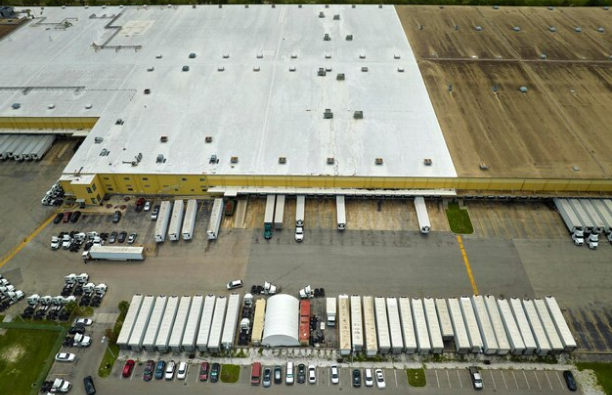
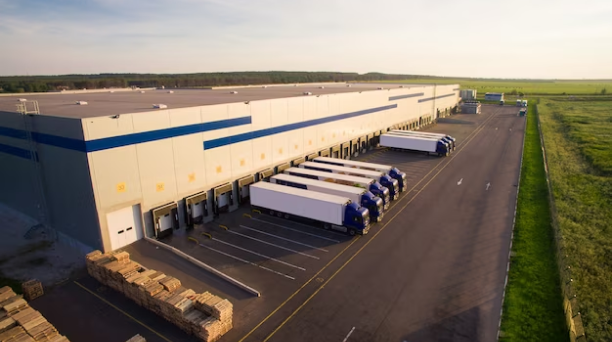
Ranjangaon
Situated strategically within the Pune Metropolitan Region (PMR), Ranjangaon boasts seamless connectivity to major cities like Pune, Mumbai, Nashik, and Ahmedabad, ensuring efficient movement of goods and people. Its diverse industrial landscape encompasses automobiles, pharmaceuticals, chemicals, and electronics, attracting significant investments. Furthermore, its proximity to key transportation hubs, including the Pune-Nashik Highway, NH-60, and NH-64, further enhances its logistical prowess. This industrial region has witnessed a surge in investments, attracting a diverse array of industries, including automobiles, pharmaceuticals, chemicals, electronics, cold chain logistics, auto ancillary, FMCG, and engineering.
Chennai Bengaluru Industrial Corridor (CBIC)
The CBIC's strategic positioning along the Eastern Freight Corridor (DFC) and the Golden Quadrilateral highway network provides seamless connectivity to major ports, including Chennai Port, Krishnapatnam Port, and Ennore Port. This connectivity facilitates the efficient movement of goods and raw materials, empowering industries to thrive and strengthening the region's position in global trade.
This strategically envisioned corridor encompasses five states – Tamil Nadu, Andhra Pradesh, Karnataka, Kerala, and Puducherry – and seamlessly integrates over 165 industrial clusters, fostering innovation, attracting investments, and creating a vibrant industrial ecosystem.


Oragadam
The Chennai-Bengaluru Industrial Corridor provides a boost to the region's connectivity and accessibility. Oragadam - in Chennai, Tamil Nadu, has emerged as a pharmaceutical, electronics, and IT corridor, attracting leading companies. The government’s proactive industrial policies drive the region's growth. Oragadam is also well-connected by road (NH-45) and the Chennai International Airport, facilitating easy access to markets and talent pools around the area. Government projects such as the Tamil Nadu Electronics Manufacturing Policy 2020 and the Pharmaceuticals Development Policy 2018 have catalyzed the region's industrial transformation.
Amritsar Kolkata Industrial Corridor (AKIC)
Stretching over 2,200 km from Amritsar in the north to Kolkata in the east, the Amritsar Kolkata Industrial Corridor (AKIC) aims to revitalize the manufacturing and logistics sectors in eastern India while fostering cultural and economic exchange between diverse regions.
The AKIC's strategic alignment along the Eastern Dedicated Freight Corridor (EDFC) and the Golden Quadrilateral highway network provides seamless connectivity to key industrial clusters, ports, and major cities. This connectivity facilitates the efficient movement of goods, raw materials, and people, streamlining supply chains and enhancing logistics efficiency.


Rajpura
Rajpura, located in the Patiala district of Punjab, has emerged as an industrial centre, attracting investments in industries such as FMCG, telecom, pharmaceuticals, textiles, power, and food processing. Also regarded as the ‘Gateway of Punjab’ due to its strategic prowess, and it is positioned on the longest highway connecting north and south of India – NH-44.
It is the primary distribution centre for the northern markets of India owing to its proximity to the Eastern and Western Corridors connecting Mumbai and West Bengal. Punjab Chief Minister Bhagwant Mann has approved several developmental projects, including an Integrated Manufacturing Cluster to be developed in the Rajpura – Patiala sector under the Amritsar Kolkata Industrial Corridor to give a facelift to the region. The Punjab government has also ensured to facilitate all clearances through the ‘Single Window – Invest Punjab’ facility to aid the quick implementation of the projects.
Odisha Economic Corridor (OEC)
Spanning 600 km along NH-16, the OEC bridges the gap between two key industrial zones in Odisha - Gopalpur-Bhubaneswar-Kalinganagar (GBK) and Paradip-Kendrapada-Dhamra-Subernarekha (PKDS). This strategic corridor unlocks economic potential through efficient connectivity to major ports like Paradip and Dhamra, attracting investments in diverse industries like metals, chemicals, and IT. The OEC fosters sustainable practices and prioritizes skill development, ensuring a future-ready workforce and positioning itself as a crucial driver of Odisha's industrial growth.


Cuttack
The Government of Odisha's proactive industrial policies, including the Odisha Industrial Policy Resolution 2015, have been instrumental in driving Cuttack's industrial growth. These policies offer a range of attractive subsidies and incentives to industries, such as capital subsidies, interest subsidies, and land acquisition assistance. This supportive environment has attracted significant investments, leading to the establishment of industrial parks, SEZs, and modern manufacturing facilities.
Located strategically on the banks of the Mahanadi River, Cuttack occupies a prominent position in Odisha's industrial landscape, which is focused on food processing, textiles, and metalworking. Cuttack boasts excellent connectivity through NH-16, NH-5, and the East Coast Railway, facilitating efficient trade and logistics.
As India strides towards becoming an economic powerhouse, the intricate network of industrial and freight corridors stands as a testament to its commitment to infrastructure development and industrial growth. The industrial corridors and the industrial areas in India are meticulously planned and strategically located. It has transformed the landscape, connecting key industrial clusters, streamlining logistics, and fostering innovation. This seamless connectivity has reduced transportation costs and times, enhanced the competitiveness of Indian industries, and facilitated their integration into the global market.

Visit our website for more information about the industrial parks and leasing options.

Frequently Asked Questions
Chennai, Tamil Nadu, boasts the largest area dedicated to industrial zones, with extensive estates like Ambattur and Sriperumbudur. Also, Mumbai, Maharashtra, has the highest concentration of factories, ports, and businesses across sectors, making it a powerhouse of industrial activity.
Tamil Nadu hosts the largest number of factories in India. Its capital city, Chennai, is the largest industrial and commercial centre with the most factories with its diverse base ranging from textiles and automobiles to electronics and food processing.
An industrial area is a planned area with infrastructure designed specifically for factories and warehouses, encompassing industrial estates and special economic zones (SEZs), which also include areas with a high concentration of industries.
Bawana Industrial Area stands as the largest industrial area in Delhi and is a thriving hub for micro and small-scale manufacturing, boasting over 16000 factories.
MIDC is the largest industrial zone in Mumbai's northern suburb of Maharashtra, including areas like Bhiwandi and Taloja. It covers an area of more than 20 square kilometres, with hundreds of different-sized foreign and local factories located here.
The Adani Mundra Special Economic Zone in Mundra, Gujarat, remains the largest industrial park in India in terms of land area. It boasts a staggering 41,400 hectares (160 square miles) dedicated to heavy industries, power generation, and port infrastructure.


